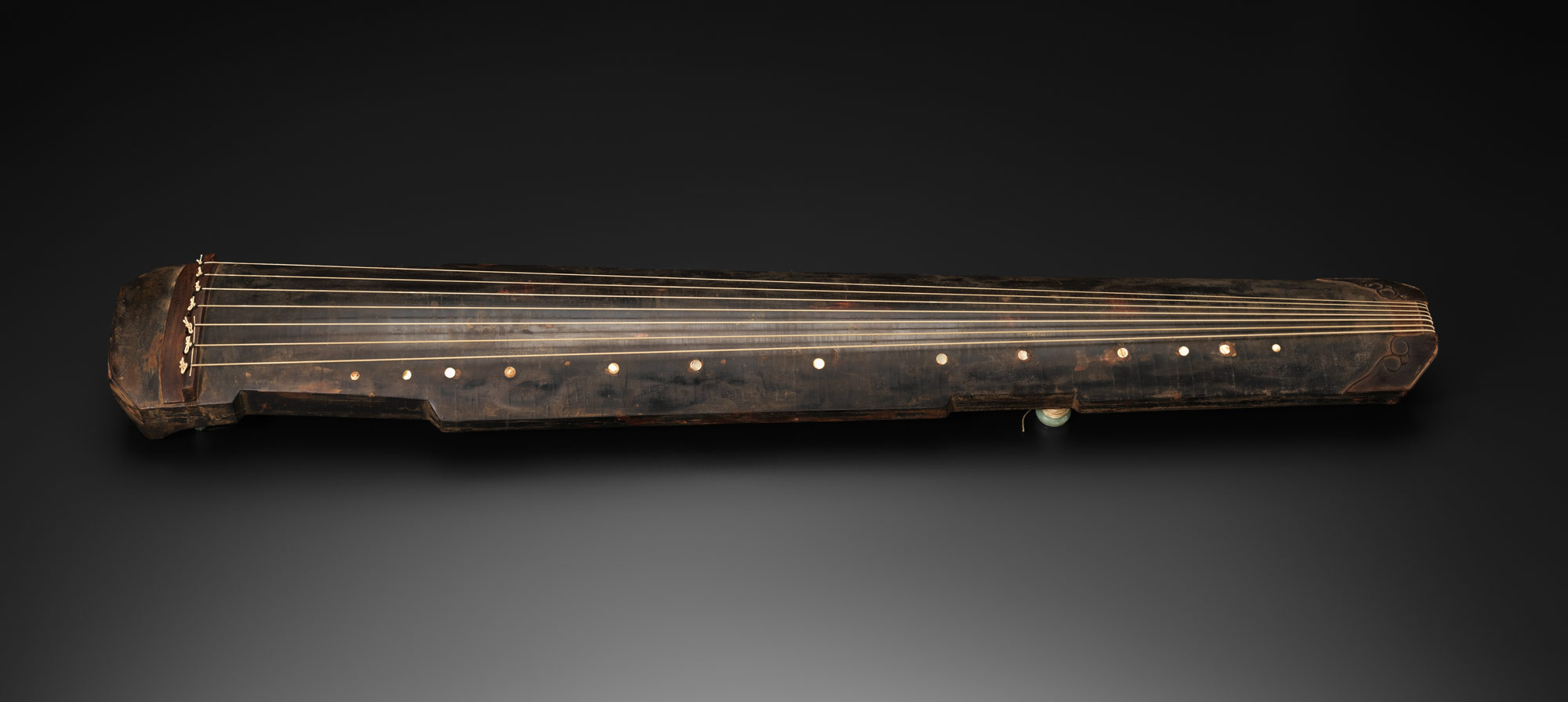playing the flute...
There is definitely a change in the music that is played now and the music that was played centuries
ago. Some music has completely developed into its own thing but others hold on to the traditional
stylings of its cultural past. Around the world there is a big difference in the sound and meaning of
music that all has its explanation.
If you take a look at China you hear a mix of traditional music and then you have the newer
generation of music. Some newer artists may sound more modern to the ear but what we
don't know is the influences that credits their
sound. Traditional Chinese music is played by a
variety of instruments that includes the
percussion, wind, plucked, and stringed
instruments. Some of the oldest instruments ever
used musically are bamboo and the qin, which is a seven string instrument that goes back to the age
of Confucianism. There is a lot of accreditation to Confucius who was a philosopher said to have
lived about 2,500 years that taught people of China a set of morals and beliefs. With music he taught
that it was an important part of human growth and essential. "To educate somebody, you should
start with poems, emphasize ceremonies, and finish with music." So, some musicians still
include Confucian's teachings as to what music should sound like. He preferred music to sound more
calming and peaceful that should reflect on the people and produce tranquility. The order of a typical
song should be dramatic in the beginning and have it be repetitive all the way through. That way, it
would sound balanced and have an "easy" structure that is continuous. The music was a
representation of how people should act which was in a proper manner. It was meant to exemplify
good behavior and educate people to be productive individuals. Among other things, rather than just
music, Confucian made an impact in the development of China.
 In Latin America there are a number of genres to hear from, Samba,
In Latin America there are a number of genres to hear from, Samba,Salsa, Tango, Folklorica, and the list goes on. A bigger part of
Latin American music that can not do without the other are dance.
Dance and Music are interrelated or codependent. Some influences
that helped develop Latin American music are Native American, African, and European traditions. It
is still hard to tell when the first sightings of music fully began in Latin America because there is no
real documentation of it. It goes as far back to the Mayans and Aztecs when music was used in the
form of rituals. You would hear people sing accompanied by drums, wind instruments, and flutes.
Spanish observers where the ones who reported the musical sightings with the Indians. Although the
Spaniards invaded the native areas, they noticed that the music they were playing had a sense of
emotion. Even though they couldn't understand the language they were speaking, they could tell
when they felt sad. Music in Latin America is all dependent on the location you are in. If you head
to Brazil you hear Samba, in Argentina its Tango, in the Caribbeans you hear maracas and scrapers.
The music varies but it has the same meaning everywhere you go. Music was created in correlation to
what was going on at that time that took part in their regular daily life.
 Moving on to Africa, music has a more spiritual
Moving on to Africa, music has a more spiritualaspect as a way to emphasize the importance of
human life. Music makes up the culture entirely,
in respect to the regions they all have there
differences. One thing they all have in common
and still do, was the way it unified people. In the
communities it provided prosperity and support among the people that made them stronger as a
whole. It has inspired many other genres in its time including Latin America and the Caribbean. The
traditional sounds that you regularly hear in African music is a more rhythmic side that is usually
played by a large group. This is called polyphony, where you hear more than one melody in a song
instead of just hearing one dominant voice. Here, you typically hear many instruments played at the
same time with no real order, that proves to be a more improvisational technique. Some of the
instruments that are heard are drums, gongs, woodblocks, stringed instruments, rattles, xylophones,
and flutes.

No comments:
Post a Comment